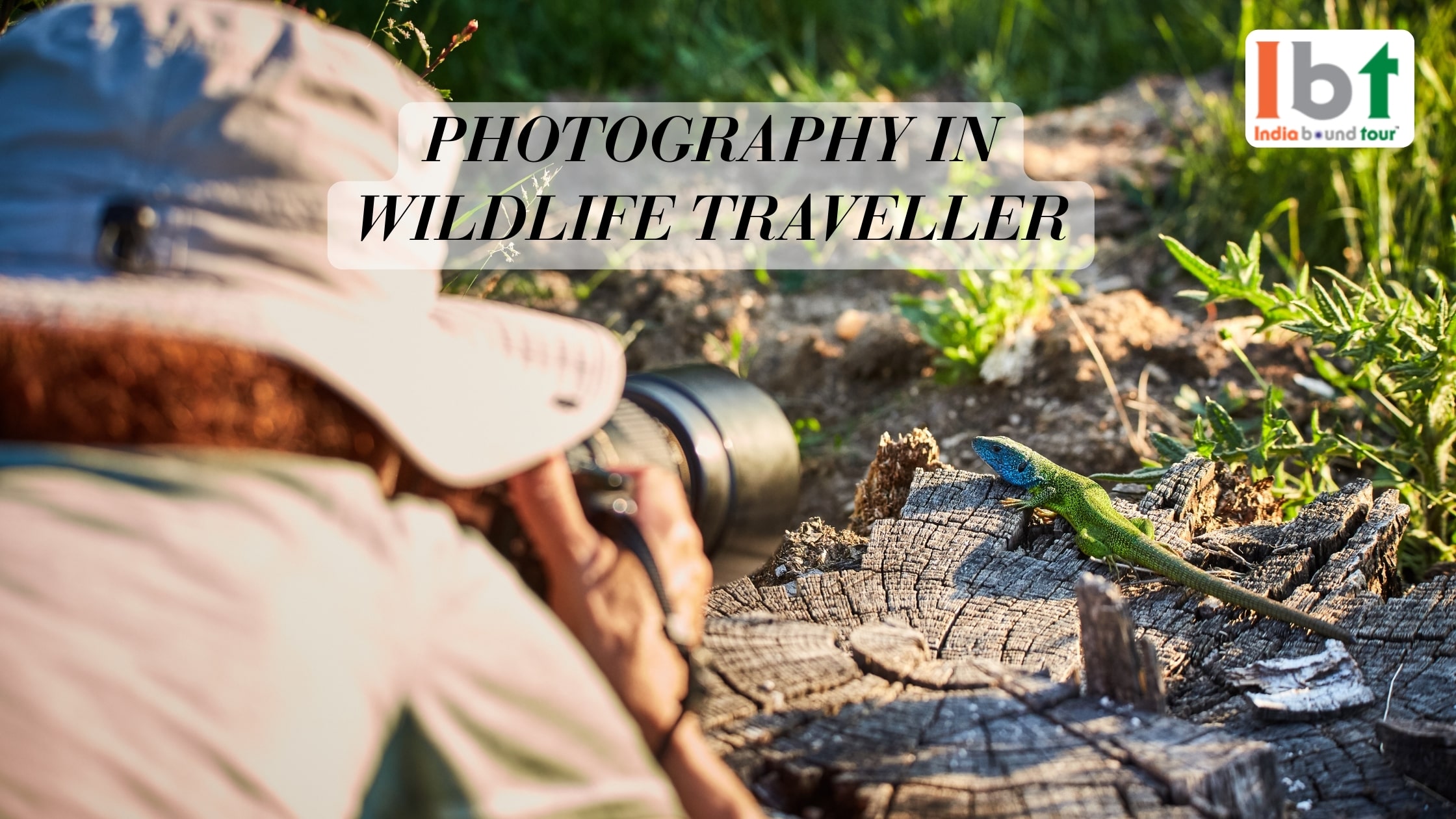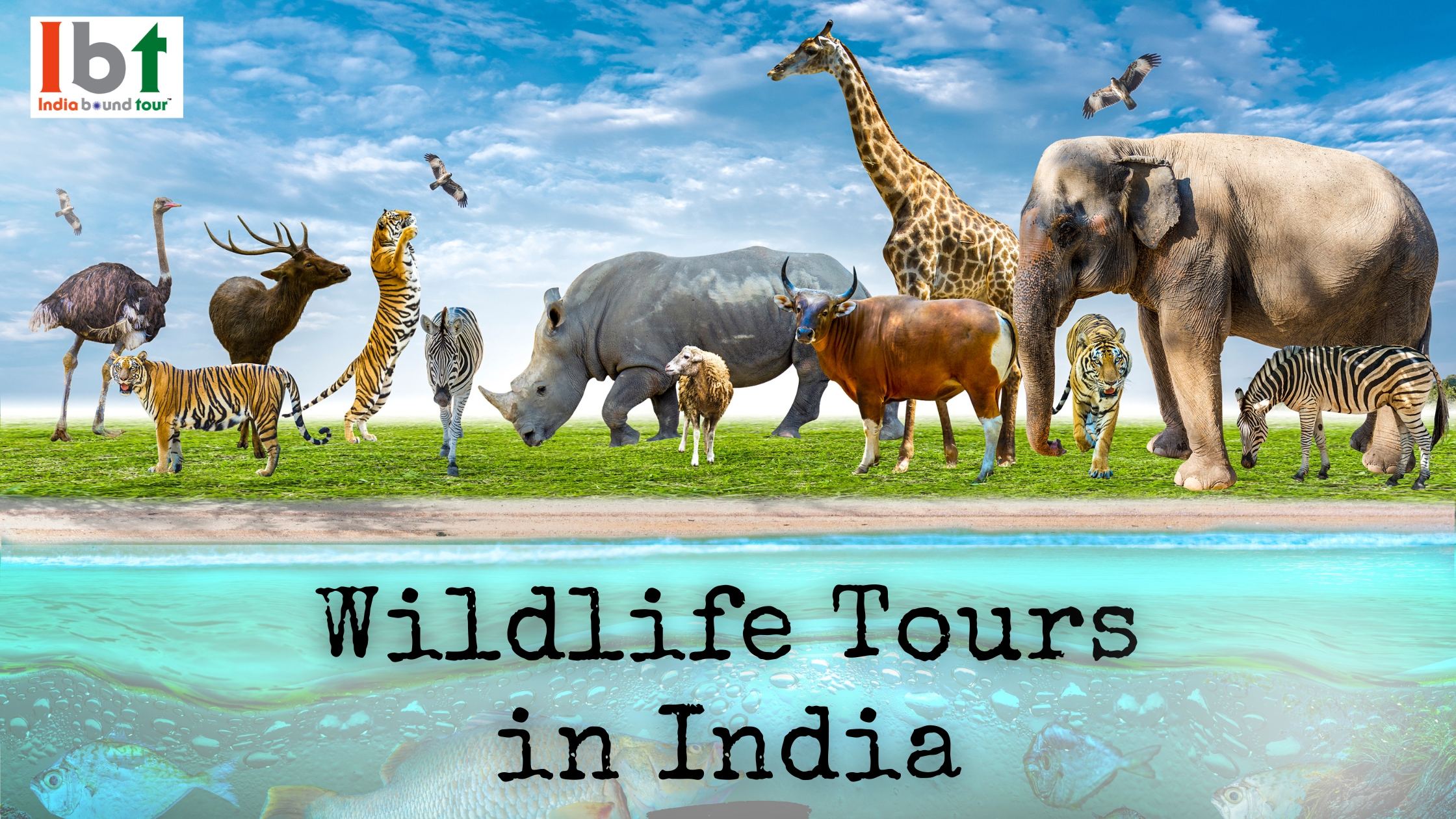Taking photos of the free-ranging wild animals is one of the most thrilling adventures one can ever come across. But that is where photography and photographing wildlife is more than just holding the camera and taking the pictures. If you are going for a wildlife tour, these are the tricks that help you experience your photography, especially with life and your travel journey, and will be Photography Tips for Wildlife Travelers.
Know About Camera
Animals are dynamic in their behaviour, so it is important to know your settings. Grocery how to manipulate the ISO, aperture, and shutter speed so you can get the right shot. Live view is another advantage of shooting Photography Tips for Wildlife Travellers with a DSLR or mirrorless camera using a fast shutter speed and a wide range of ISO, often inherent in deep forests.
Explaining the Thing Being Observed by Selecting the Correct Lens
A telephoto lens is best used in wildlife photos since it enables the capture of images of far-off animals without having to get too close. A telephoto lens with 300mm or more is preferable when it comes to taking detailed pictures of birds or mammals from a distance. A wider lens can be useful on the other hand if you want to get some view of the environment where the subject resides making it feel closer to nature, which is useful for Photography Tips for Wildlife Travelers.
Prioritise Lighting
The best times to Photography Tips for Wildlife Travellers are during the early mornings and late in the afternoon when the shadow is softer and natural light gives an excellent hue and contrast to your shots. Often called the ‘golden hours’, these are the best times in the day to get incredibly sharp and high-contrast images. Think about what position the sun will be in; backlight or side lighting throws an animal's shape or fur into focus and gives depth to the pictures.
Focus on the Eyes
The eyes of an animal are as important as the face of a human being and it is also the most sensitive part of any warm-blooded animal. For any wildlife shots, the eyes of the animal being photographed should be well-focused. This will make your images more attractive and people feel a certain kind of relationship with the animal being taken. In it, the eyes are considered the most important elements, to which all attention is attracted and with the help of which the state of the shot is determined.
Be Patient and Observe
Wildlife photography can thus be described as being equal parts watching and taking pictures. Learn more about animals' movements and related behaviours. Patience helps one to expect motions for instance lion yawning, an eagle flying away, or a tiger stalking and this will enable one to produce a picture that addresses the true nature of these cats.
Practice Ethical Photography
This is the principle for the wildlife & environment, above anything else. It is improper to focus on the settling place of the target, and then approach it too close; interference with their normal actions is also prohibited. It is very important as ethical Photography Tips for Wildlife Travelers respects the lives of the animals and their environment, to make them enjoyable and safe for every traveller in the future. No use of flash photography, especially flash that can scare away animals, especially the nocturnal ones.
Appropriate Dressing Sense
Choose brown, green, beige colours, and others that let you camouflage well in the woods. Large and vivid colours are repellent to animals and this makes it difficult to go close to them. Clothing should also be comfortable and strong fabrics because you might stay for a long time in any weather waiting for the right moment.
Use Silent Shooting Modes
Most animals have a high degree of hearing, therefore, if your camera has a silent or quiet mode, by all means, avail the opportunity. It also reduces any disturbance to a bare minimum, and you can take photos of the subjects without having to scare them away. Silent shooting becomes very useful when filming close-ups of different interactions between animals.
Visual and initial data learning consists of.
Bring creativity into the Photography Tips for Wildlife Travellers by changing some of the angles and positions you use to take a shot. In another shooter position; low-angle shots make animals look larger than they are and eye level presents an up close and personal view. All creative rules must be bent while taking the shots most of the time especially considering that wildlife photography aims to represent the true and natural world.
Conclusion
Wildlife photography is a very fulfilling and at the same time a very testing virtue that demands the right technique, time, and a good attitude towards nature. Selecting an appealing and well-planned wildlife tour, for example, the Ranthambore, Kaziranga, Sundarban or Bandhavgarh tour means you will be exposed to stunning regions of the natural environment safely and record amazing shots that depict the savannah’s beauty.







